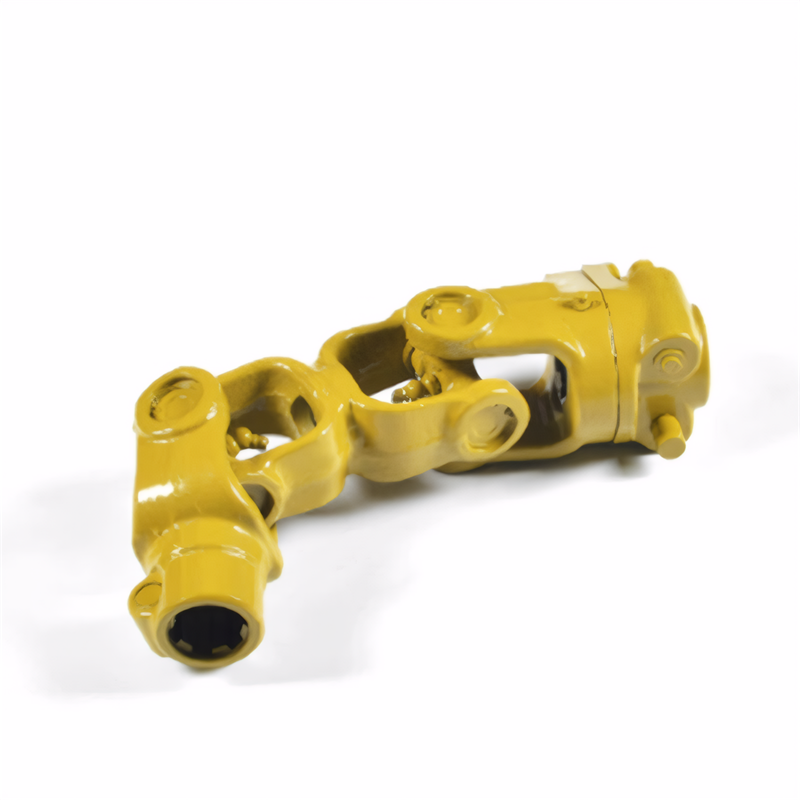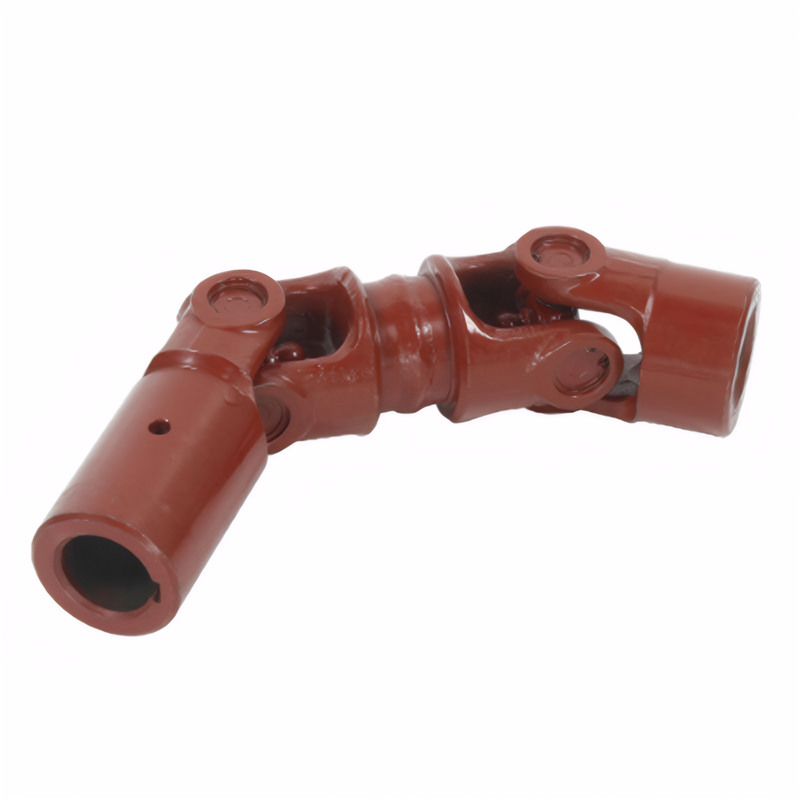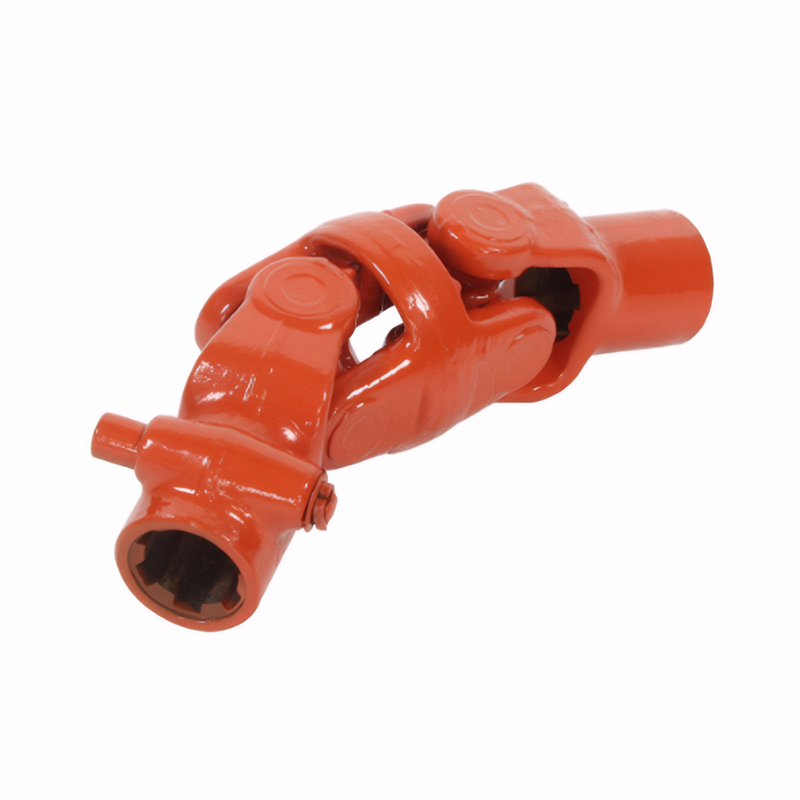The handling of jamming of the drive shaft expansion joint
Handling Stuck Transmission Shaft Slip Joints
The transmission shaft slip joint is a crucial component in a vehicle's drivetrain, allowing for length adjustment to accommodate changes in the distance between the transmission and the differential during vehicle movement. However, over time, the slip joint can become stuck, leading to drivetrain vibrations, noise, and potential damage to other components. Here's a comprehensive guide on how to address a stuck transmission shaft slip joint.
Understanding the Causes of Slip Joint Sticking
Before attempting to fix a stuck slip joint, it's essential to understand the underlying causes. Several factors can contribute to this issue, including:
Lack of Lubrication
One of the primary reasons for slip joint sticking is insufficient lubrication. The slip joint relies on a thin layer of lubricant to reduce friction between its moving parts. If the lubricant dries out, becomes contaminated, or is not applied correctly, friction increases, making it difficult for the joint to move freely.
Corrosion and Rust
Exposure to moisture, road salt, and other environmental contaminants can lead to corrosion and rust formation on the slip joint surfaces. Rust can create a rough, uneven surface that hinders smooth movement, causing the joint to stick.
Debris Accumulation
Dirt, dust, and other debris can accumulate inside the slip joint over time, especially if the protective boot or seal is damaged. This debris can act as an abrasive, increasing friction and preventing the joint from sliding smoothly.
Mechanical Damage
Physical damage to the slip joint, such as dents, scratches, or bent components, can also cause sticking. Even minor damage can disrupt the precise fit and alignment of the joint, leading to increased resistance during movement.
Diagnosing a Stuck Transmission Shaft Slip Joint
Identifying a stuck slip joint requires a systematic approach. Here are some steps to help diagnose the issue:
Visual Inspection
Start by visually inspecting the slip joint and its surrounding components. Look for signs of damage, such as cracks, dents, or bent parts. Check the protective boot or seal for tears or leaks, as these can allow contaminants to enter the joint.
Checking for Movement
Attempt to manually move the slip joint back and forth. If it feels stiff, requires excessive force, or doesn't move at all, it's likely stuck. Be cautious not to apply too much force, as this can cause further damage.
Listening for Noises
During vehicle operation, listen for any unusual noises coming from the drivetrain area. A stuck slip joint may produce clicking, grinding, or clunking sounds, especially when accelerating or decelerating.
Steps to Fix a Stuck Transmission Shaft Slip Joint
Once you've confirmed that the slip joint is stuck, follow these steps to resolve the issue:
Preparing the Vehicle
Before starting any repair work, ensure the vehicle is parked on a level surface and the transmission is in park or neutral, depending on the vehicle type. Engage the parking brake and use wheel chocks to prevent the vehicle from rolling. Disconnect the battery to avoid any electrical hazards during the repair process.
Removing the Transmission Shaft
To access the slip joint, you'll need to remove the transmission shaft from the vehicle. This typically involves loosening and removing the bolts that secure the shaft to the transmission and differential. Follow the vehicle's service manual for specific instructions on shaft removal, as the process may vary depending on the make and model.
Cleaning the Slip Joint
Once the shaft is removed, thoroughly clean the slip joint using a suitable cleaning solvent. Remove all traces of old lubricant, dirt, and debris. Use a soft-bristled brush to scrub hard-to-reach areas, ensuring a clean surface for lubrication and repair.
Inspecting and Repairing Damage
After cleaning, carefully inspect the slip joint for any signs of damage. If you find minor scratches or dents, you may be able to smooth them out using fine-grit sandpaper or a file. However, if the damage is severe, such as a bent component or a cracked housing, the slip joint may need to be replaced.
Applying Lubricant
Once the slip joint is clean and any damage has been repaired, apply a high-quality lubricant specifically designed for drivetrain components. Follow the manufacturer's instructions for application, ensuring that the lubricant is evenly distributed throughout the joint. Avoid over-lubricating, as excess lubricant can attract dirt and debris, leading to future sticking issues.
Reinstalling the Transmission Shaft
After lubricating the slip joint, carefully reinstall the transmission shaft, ensuring that it is properly aligned with the transmission and differential. Tighten the bolts to the manufacturer's specified torque settings to prevent any movement or vibration during operation.
Testing the Repair
Once the shaft is reinstalled, reconnect the battery and start the vehicle. Test the repair by driving the vehicle at various speeds and under different load conditions. Listen for any unusual noises and feel for any vibrations coming from the drivetrain. If the slip joint moves smoothly and there are no abnormal sounds or vibrations, the repair was successful.
Preventing Future Slip Joint Sticking
To avoid future issues with a stuck transmission shaft slip joint, follow these preventive maintenance tips:
Regular Lubrication
Adhere to the vehicle manufacturer's recommended lubrication intervals for the slip joint. Regularly applying fresh lubricant will help reduce friction and prevent sticking.
Protective Measures
Ensure that the protective boot or seal around the slip joint is intact and in good condition. If it's damaged, replace it promptly to prevent contaminants from entering the joint.
Avoiding Harsh Driving Conditions
Try to avoid driving in extremely harsh conditions, such as deep mud, snow, or standing water, as these can increase the risk of contamination and damage to the slip joint. If you must drive in such conditions, thoroughly clean the vehicle afterward, paying special attention to the drivetrain components.
 Accuracy requirements for the
Accuracy requirements for the
 Selection of universal joint t
Selection of universal joint t
 Standard for coaxiality error
Standard for coaxiality error
 Requirements for the surface r
Requirements for the surface r
 简体中文
简体中文 English
English
